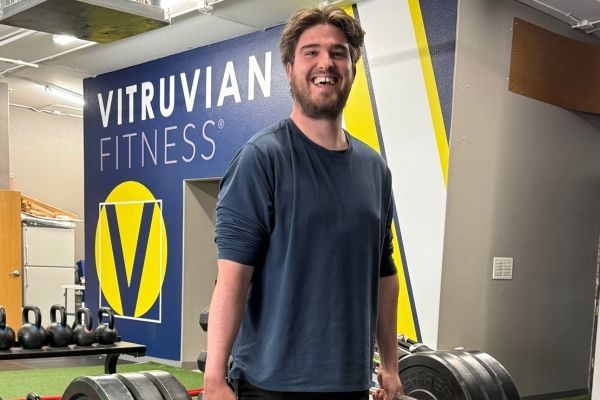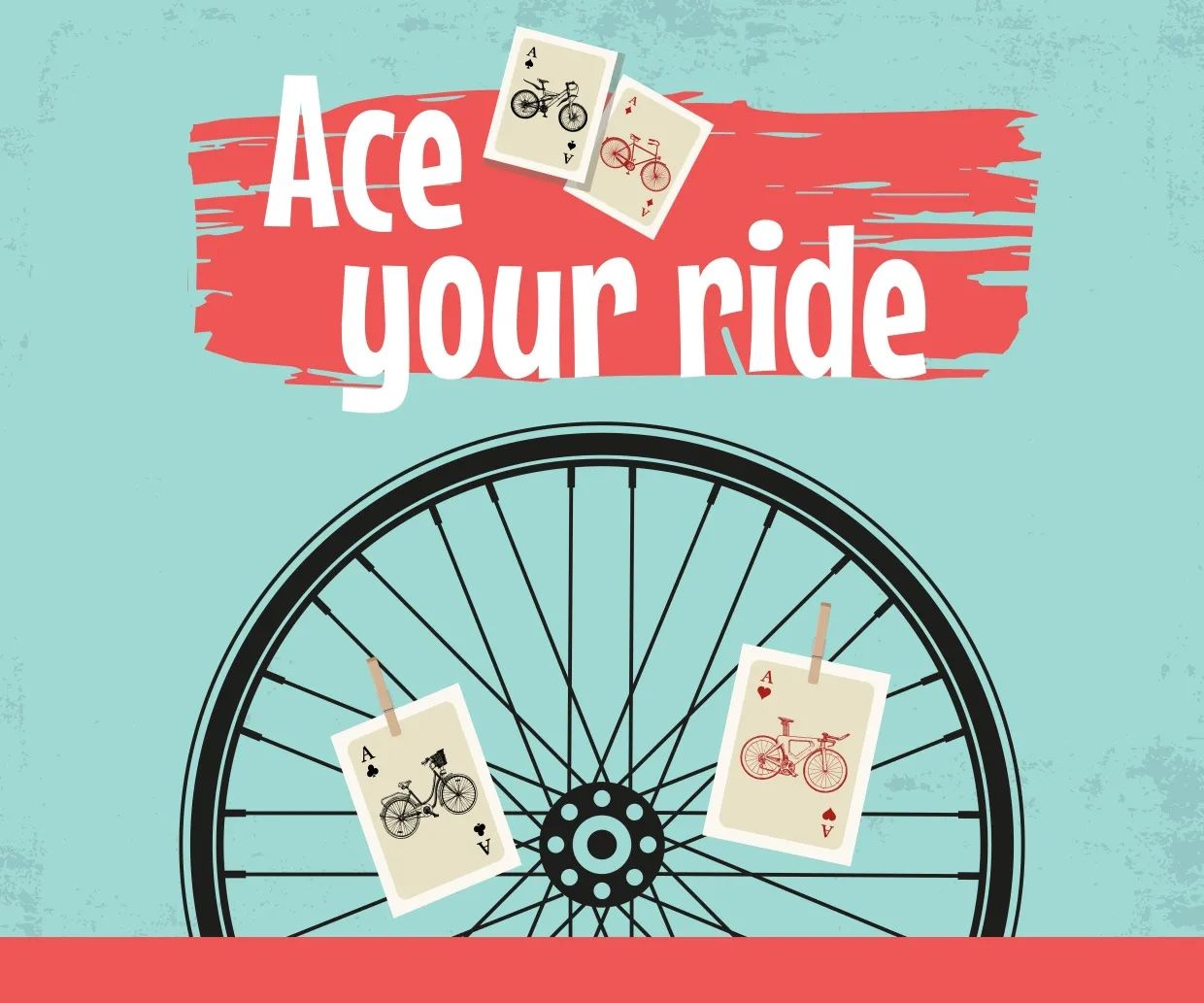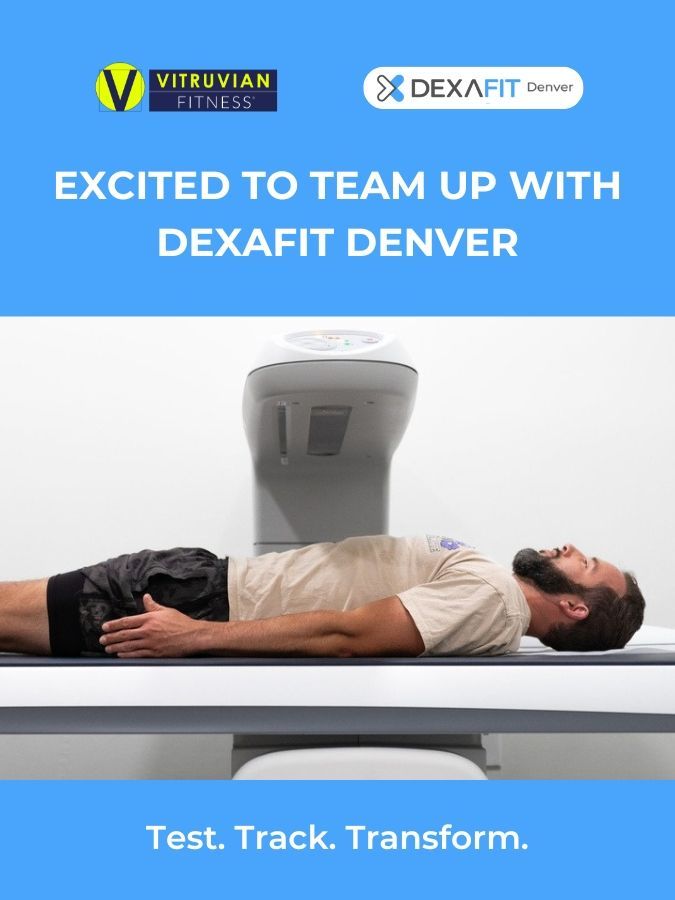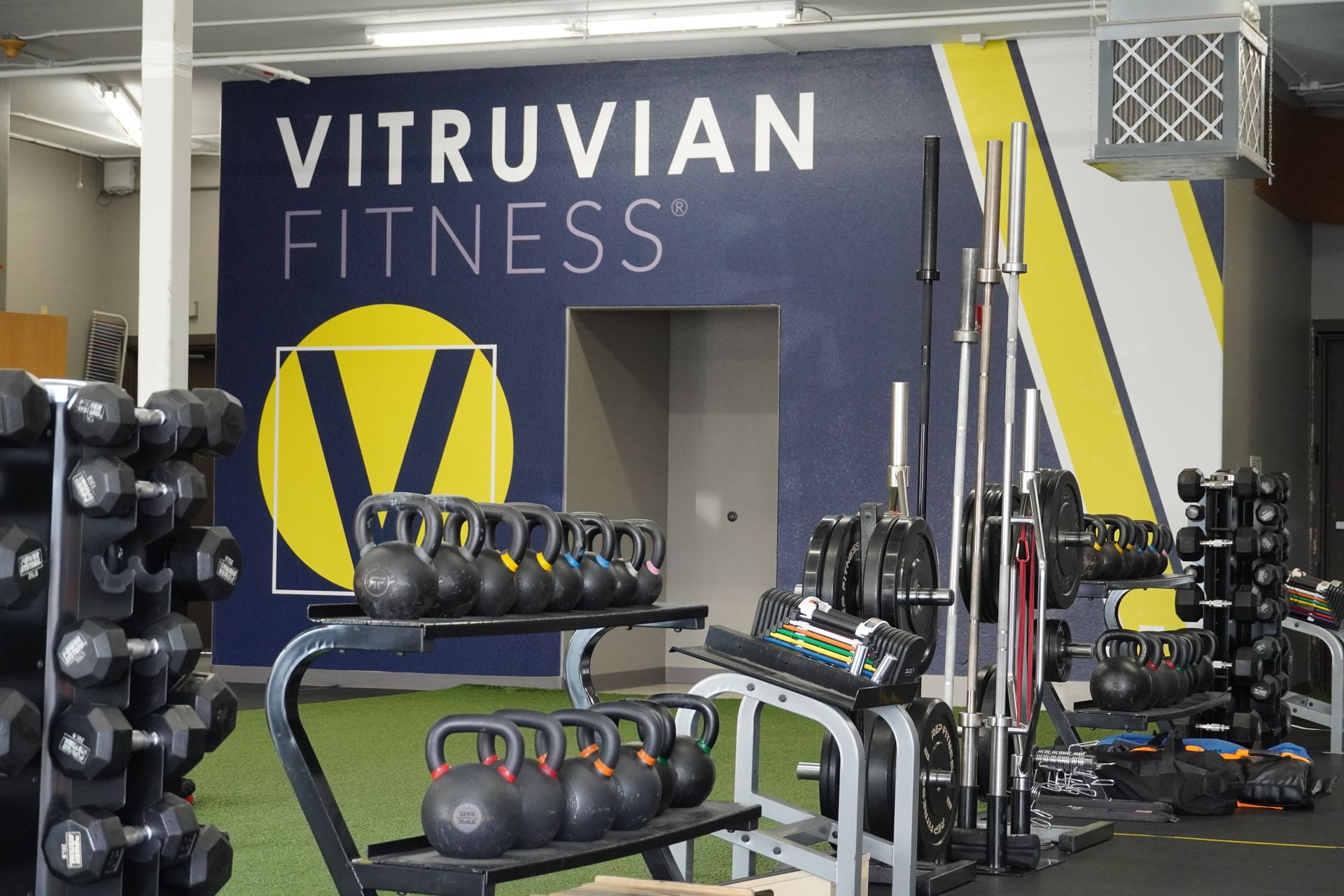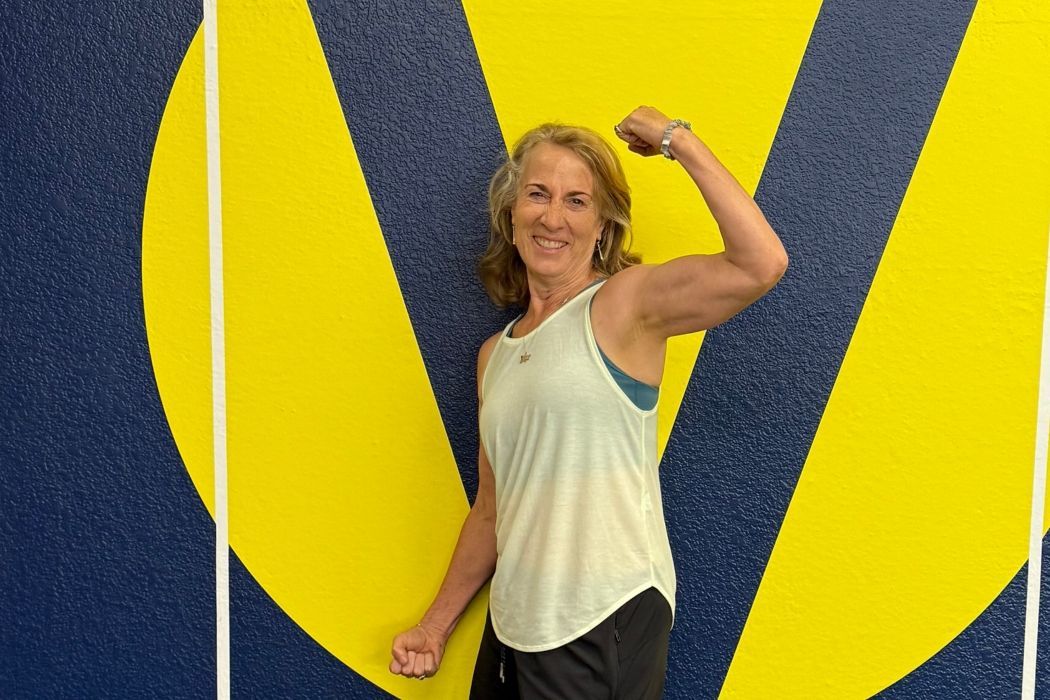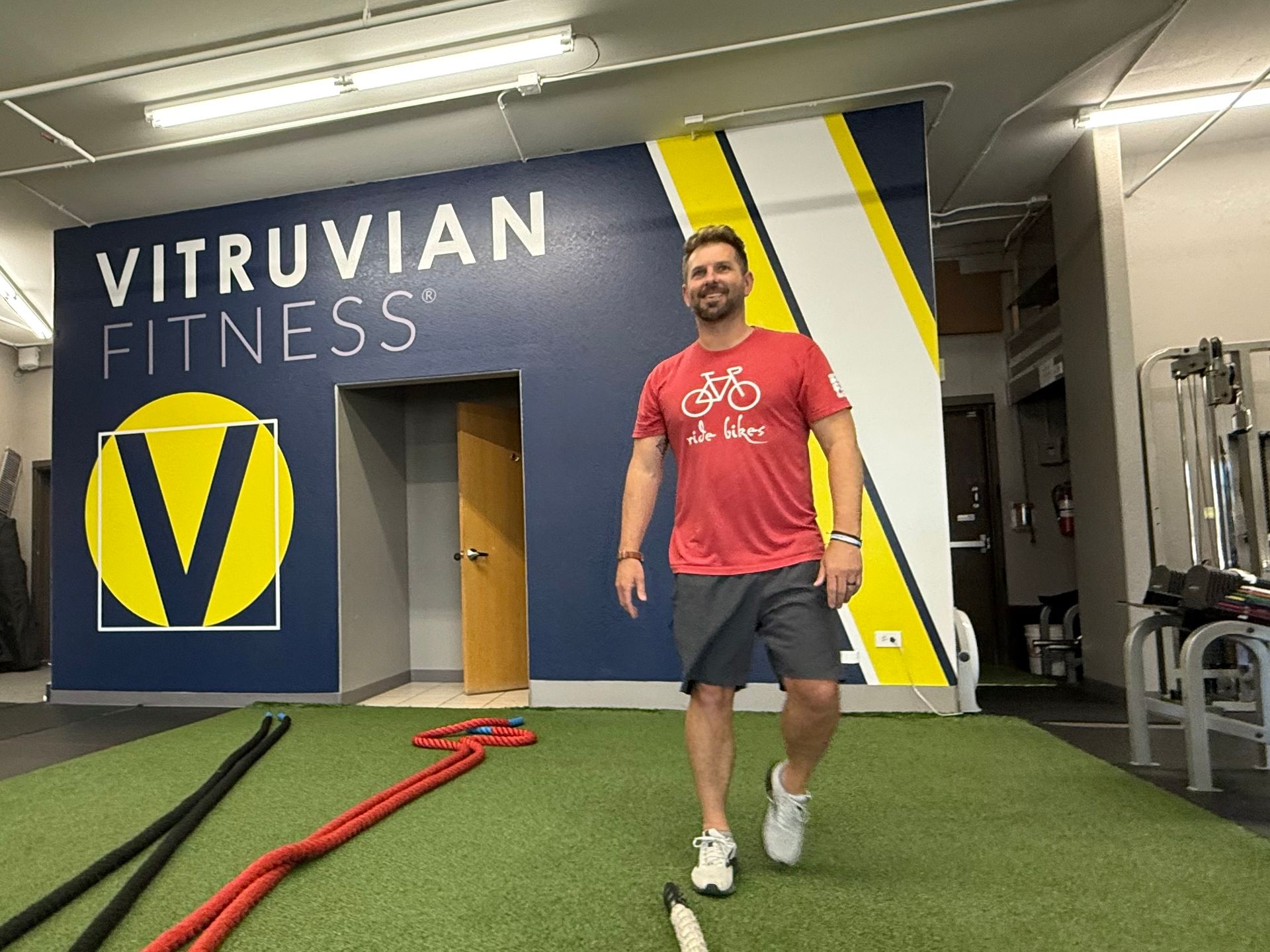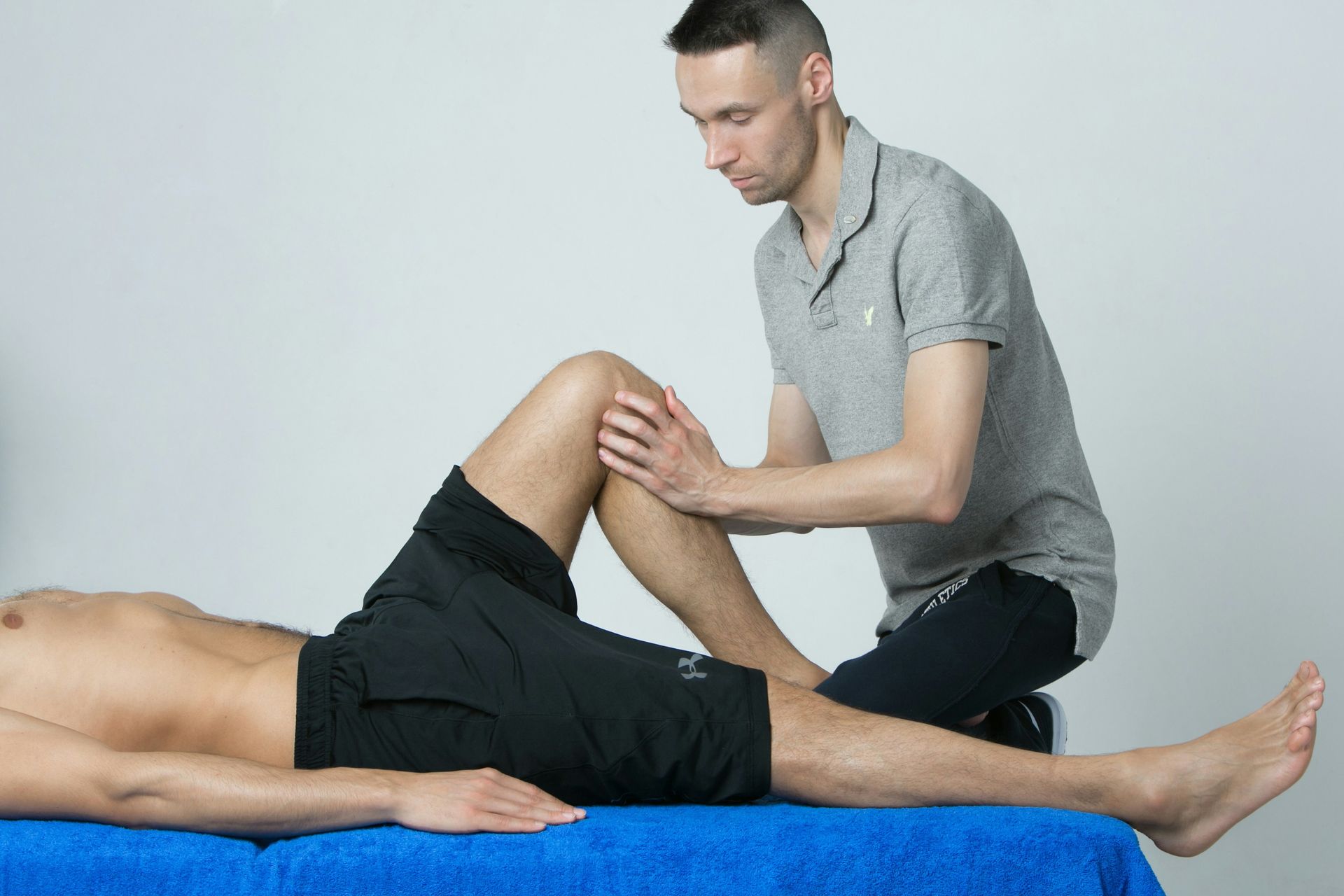These 3 Tests Could Change How You Train
How Vitruvian’s new partnership with
DexaFit Denver helps you fight bone loss, build muscle, and personalize your fitness – starting with real data.
Vitruvian Fitness has partnered with DexaFit Denver to bring you three powerful tools for assessing and improving your health: the DEXA Scan, VO₂ Max Test, and Resting Metabolic Rate (RMR) Test. These aren’t gimmicks – they’re scientifically backed ways to track meaningful progress in your training.
If you're in your 40s, 50s, or 60s, you're at a turning point where training isn’t just about looking better – it’s about aging better. As the saying goes, “What gets measured gets managed.” And just because that’s a relic from my corporate past doesn’t make it any less true. Like your annual bloodwork, these tests give you a snapshot of important health markers that offer direction, motivation, and a baseline to measure progress against.
Here’s what each test measures:
- DEXA Scan – bone density, lean body mass, and visceral fat
- VO₂ Max Test – cardiovascular fitness and aerobic efficiency
- Resting Metabolic Rate (RMR) – how many calories you burn at rest (your metabolic baseline)
Why These Tests Matter – Especially Now
You’ve already made the decision to prioritize your health. You’re training consistently, eating with intention, and investing in your long-term strength and mobility. These tests help you take that commitment to the next level by turning your focus toward measurable, life-extending outcomes.
If your goal is to stay active, strong, and independent for decades to come, you need more than a scale or mirror to track your progress. You need tools that reveal what’s happening
inside your body – so you can train smarter and personalize your path forward.
What the DexaFit Tests Reveal – and Why That’s Powerful
DEXA Scan: Your Muscle, Bone, and Visceral Fat Blueprint
A DEXA scan provides precise insight into your bone density, lean muscle mass, and visceral fat. These aren’t vanity metrics – they’re indicators of long-term health and independence.
Two significant threats to aging well are:
- Osteopenia/osteoporosis (low bone density)
- Sarcopenia (loss of muscle mass and strength)
These conditions don’t happen overnight – they progress slowly and often go unnoticed until there’s a fracture or serious decline in strength. The good news? Both can be managed – and even reversed – with intelligent strength training and nutrition.
- Resistance training has been shown to
increase bone mass in aging adults, including those with osteopenia or osteoporosis (Hong & Kim, 2018).
- Muscle loss accelerates after age 40 – but it can be
prevented and/or
reversed with proper strength training (Siparsky et al., 2014).
- Visceral fat, the kind that wraps around internal organs, is a strong predictor or a symptom of metabolic disease. DEXA is one of the better and easier ways to track it accurately.
VO₂ Max: The Ultimate Longevity Metric
VO₂ Max measures how efficiently your body uses oxygen during intense activity. It’s one of the most powerful predictors of cardiovascular health and longevity – even more than blood pressure or cholesterol (Kodama et al., 2009). Higher VO₂ Max = greater endurance, resilience, and life expectancy. Tracking it over time shows whether your aerobic fitness is trending in the right direction.
You may remember our four-part series on cardiovascular exercise here, here, here, and here.
Resting Metabolic Rate (RMR): Fuel Smarter
Your RMR tells you how many calories you burn at rest. It varies widely from person to person and can change with age, stress, training, and nutrition. Knowing your RMR lets you personalize your eating plan for fat loss, muscle gain, or performance – without guessing.
And combining this data with
Nutrition Coaching can be a powerful combination.
How to Use These Tests: Motivation + Measurement
We’ve partnered with DexaFit Denver to offer all three tests – DEXA, VO₂ Max, and RMR – at 50% off for Vitruvian members. Click this link and use promo code vmfit50 when you book your service.
Choose 1, 2 or all 3 of the tests.
Each test takes less than 30 minutes. You’ll receive a detailed, science-backed report and a consultation with the DexaFit technician to interpret the results. If you choose to share your results with us, your Vitruvian coach can then adjust your program to help you reach your goals more precisely – whether that’s stronger bones, more muscle, better conditioning, or metabolic health.
These tests give you a starting line. Every future test gives you
proof of progress.
Ready to book your scan?
Schedule your test at DexaFit Denver and use promo code VMFIT50 at checkout to save 50%.
You might also enjoy these posts . . .
